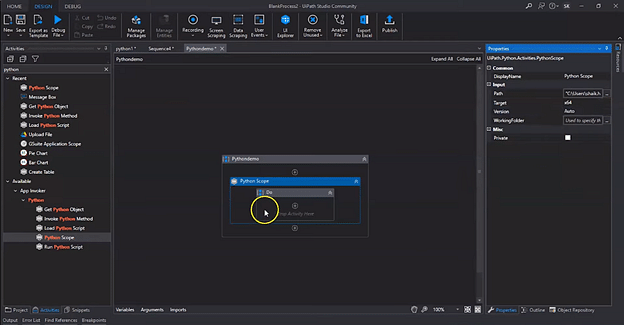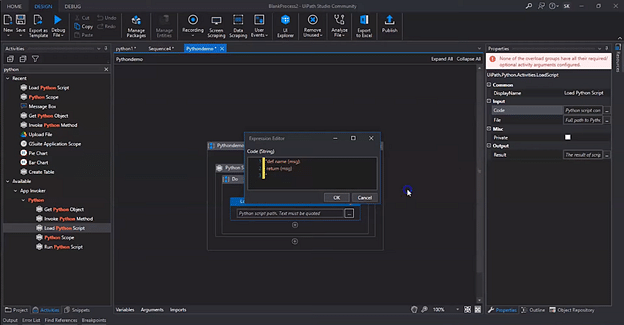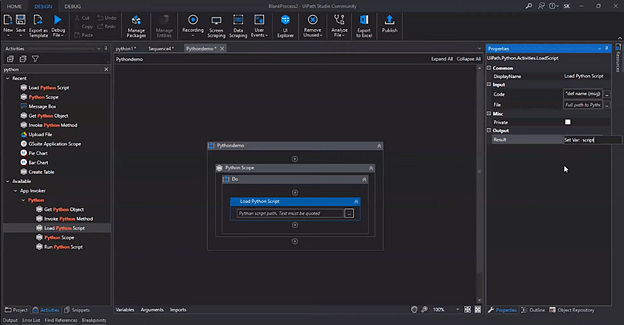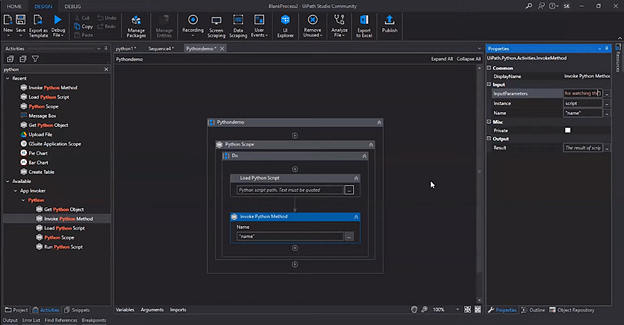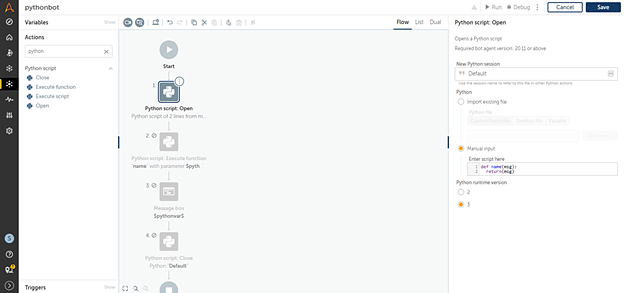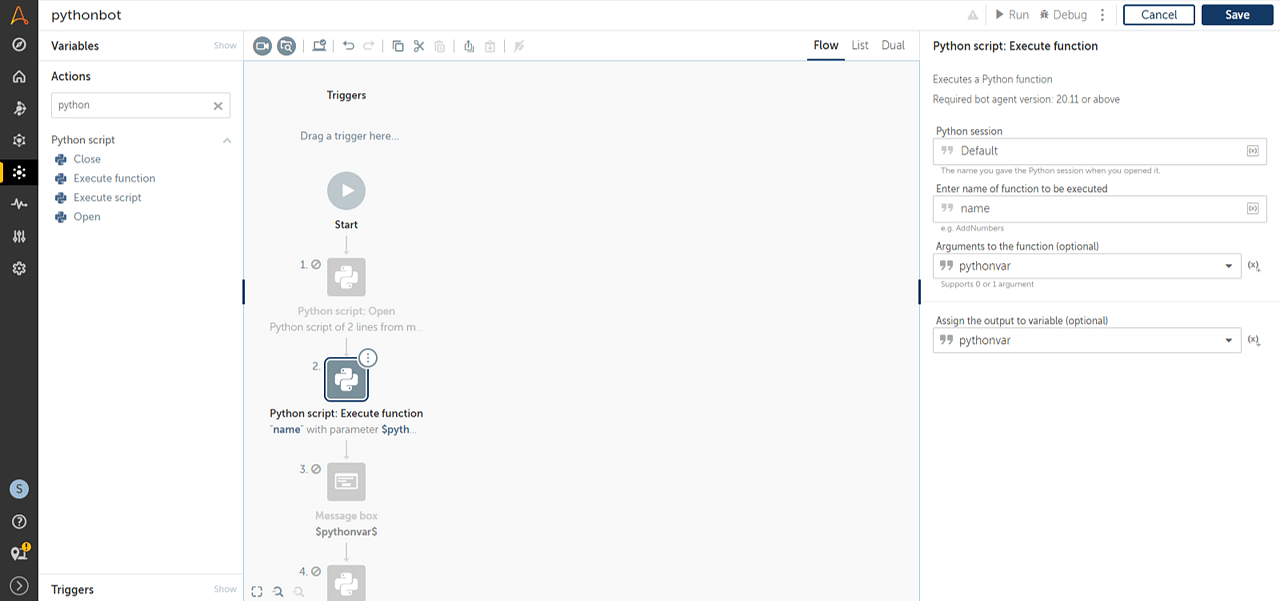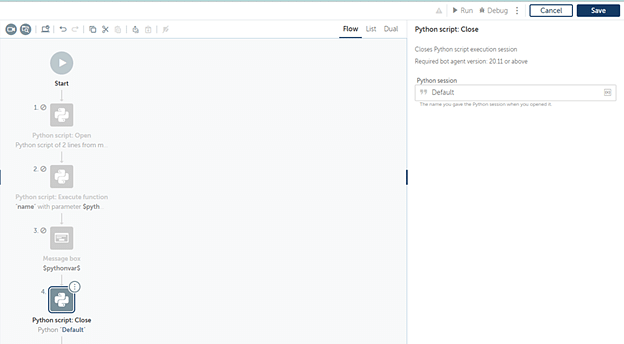Unleashing the Power of Python in Robotic Process Automation (RPA)
In today’s fast-paced digital landscape, Robotic Process Automation (RPA) has emerged as a vital tool for businesses seeking to streamline operations and improve efficiency. However, despite the availability of numerous RPA tools on the market, many companies encounter challenges, leading to a lack of trust in automated processes. One primary reason for this skepticism is the absence of standardized processes. This is where Python automation shines, offering the flexibility and capabilities that traditional RPA solutions may lack.
Why is Python Essential for RPA?
While most RPA platforms provide user-friendly drag-and-drop interfaces, they often fall short in terms of customization. This limitation can lead developers to create unstable robots which can’t adapt to the nuanced needs of specific operations. Python, in contrast, allows for the creation of tailored robots, designed to operate precisely as required. By leveraging a simplified command language based on Python, users can easily enhance their automation efforts using a wealth of readily available Python libraries.
The increasing demand for Python skills in the RPA landscape is evident. As companies look to integrate artificial intelligence and machine learning capabilities into their workflows, having a proficient workforce adept in Python is crucial. This cognitive RPA movement enables robots to not only execute tasks but to learn and adapt over time, enriching the automation experience considerably.
Additionally, many leading RPA tools necessitate some programming expertise for more complex operations. Tasks such as web scraping, data manipulation, and transformation are made easier with Python’s robust libraries, which can process data in its raw state and reformat it into a usable condition.
Is RPA Based on Python?
It’s essential to clarify that not all market-leading RPA tools are built on Python. Generally, platforms like UiPath, Blue Prism, and Automation Anywhere primarily utilize programming languages such as C# and Microsoft .NET. However, they do offer the capability to execute Python scripts through integrated Python packages.
The flexible API that Python provides is invaluable for automating repetitive tasks across various environments—a benefit not fully realized in traditional RPA frameworks, which often restrict concurrent task execution on the same machine with the same user account.
Benefits of RPA Using Python
License Costs Are Zero When Using Python
One of the most significant advantages of using Python for RPA is the absence of licensing costs. Many existing RPA systems are burdened with expensive licenses, which can stifle growth and scalability. Python offers a cost-effective alternative, allowing businesses to deploy effective automation solutions without the financial constraints imposed by traditional RPA providers.
Python Allows Running Multiple Bots
In the conventional RPA environment, simultaneous execution of multiple processes on a single machine is often not feasible. However, with Python, each bot can represent an individual automated task or process. This capability enables businesses to scrape multiple websites or automate various applications concurrently, enhancing efficiency and productivity.
Python Is the Default Language for AI/ML
Python reigns as the go-to language for artificial intelligence and machine learning. Given RPA’s increasing reliance on AI capabilities to handle repetitive, high-volume tasks, the integration of Python can simplify this process. Several inbuilt and third-party AI packages are available for RPA solutions that rely on Python, making it easier to incorporate intelligence into bots without incurring high costs associated with traditional software.
How to Invoke Python Script in UiPath
Integrating Python scripts within UiPath can significantly expand the functionality of your automation. Here’s a step-by-step guide to get you started:
- Create a New Sequence: Begin by setting up a new sequence in UiPath Studio.
- Add a Python Scope: Drag and drop a Python scope activity into your workflow designer.
-
Specify Directory: In the path attribute of the Python scope, provide the Python installation directory.
-
Load Python Script: Drag and drop a ‘Load Python Script’ activity into the Python scope’s Do section, and enter your Python code.
-
Create Python Object Variable: Set up a new PythonObject variable as script and populate the result property field.
-
Invoke Python Method: Add an ‘Invoke Python Method’ activity and configure its required attributes.
- Instance: Use the script variable you created previously.
- Name: Specify the name of the function you wish to invoke.
-
Create Result Variable: Establish a Python object variable called script1 for the result field.
-
Get Python Object: Insert a ‘Get Python Object’ activity and configure the properties accordingly.
- Add the script1 variable for the Python object field.
- Type Argument: Select ‘String’ from the dropdown.
- Result Variable: Create a new variable called script2.
-
Display Result: Finally, incorporate a message box activity to display the result variable.
How to Write Inline Scripts Using Python Script Command in Automation Anywhere
Integrating Python scripts into Automation Anywhere is similarly straightforward. Here’s how to set it up:
- Log into Automation Anywhere: Access the control room and create a new bot.
-
Use Python Script Package: Drag and drop the open action, then select manual input to enter your code.
-
Execute Function: Drag and drop the execute function action, filling the attributes as follows:
- Function Name: Enter the name of the function you want to execute (for example, "name").
- Argument to the Function: Create a new variable as a string.
- Assign Output Variable: Link this to the earlier defined output variable.
-
Display Output: Add a message box to show the value of the variable you created.
-
Close Action: Finally, drag and drop the close action from the Python script package, ensuring that the session name matches the one specified in the open action.
Future of RPA Using Python
As surveys and industry reports continue to indicate, Python is on an upward trajectory, substantiated by its critical role in the integration of artificial intelligence and machine learning within RPA solutions. Python’s user-friendliness, flexible coding capabilities, and robust open-source community make it an optimal choice for automating processes, ensuring that its relevance in the realm of RPA will only grow stronger.
If you aim to carve a path in an evolving and lucrative IT career, consider expanding your skill set through comprehensive courses. Embrace the future of automation with the endless possibilities that Python adds to RPA.
Remember, if you have any questions about automating processes with Python or if you’d like to share feedback, don’t hesitate to reach out in the comments. Happy exploring!


